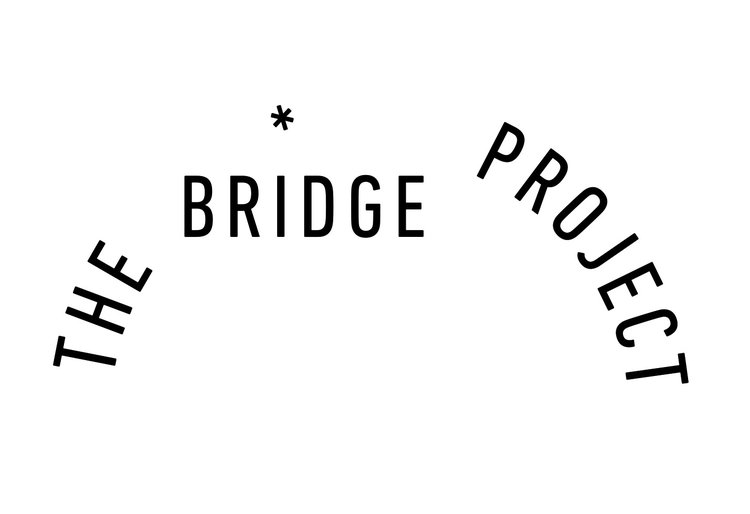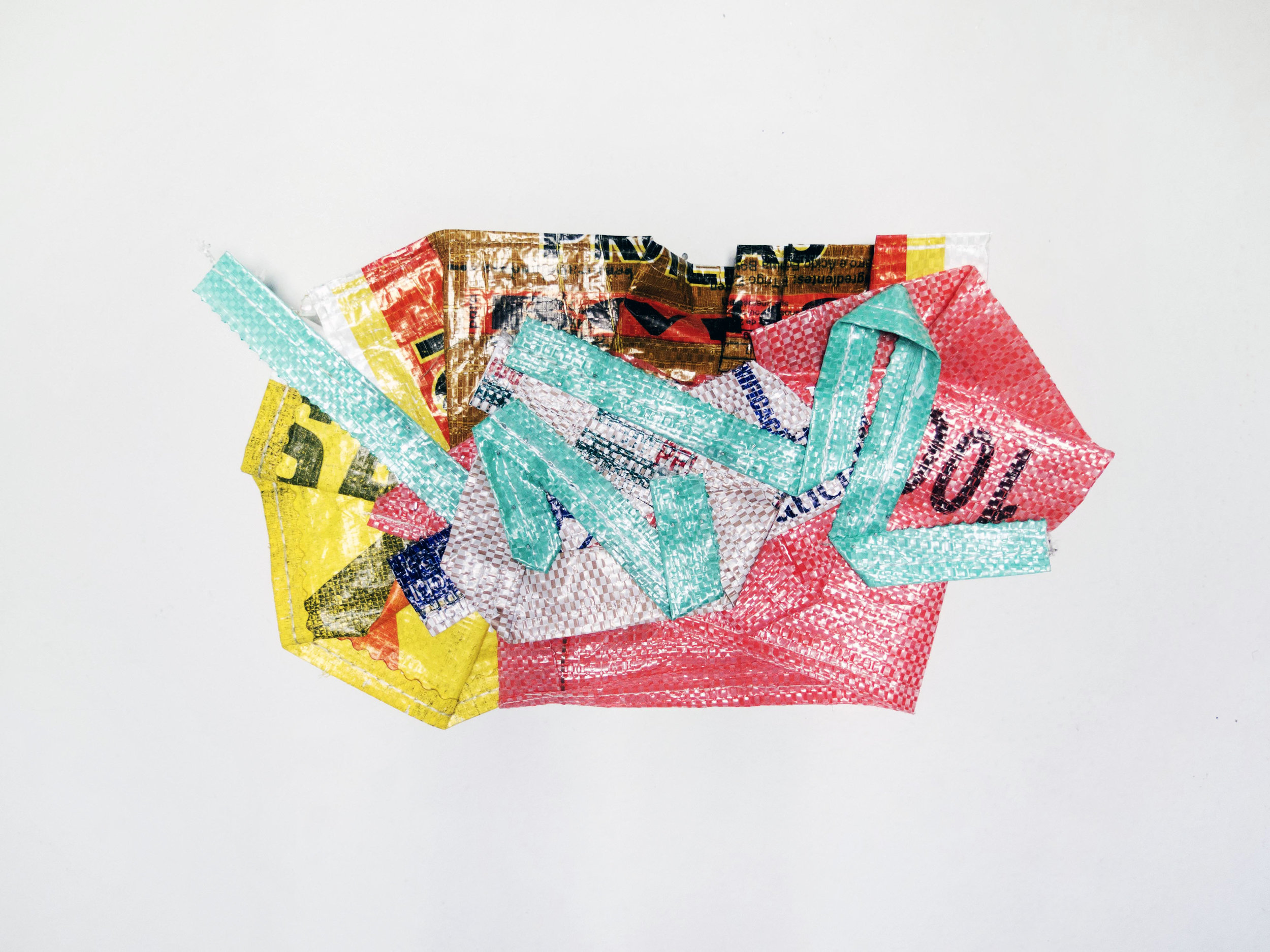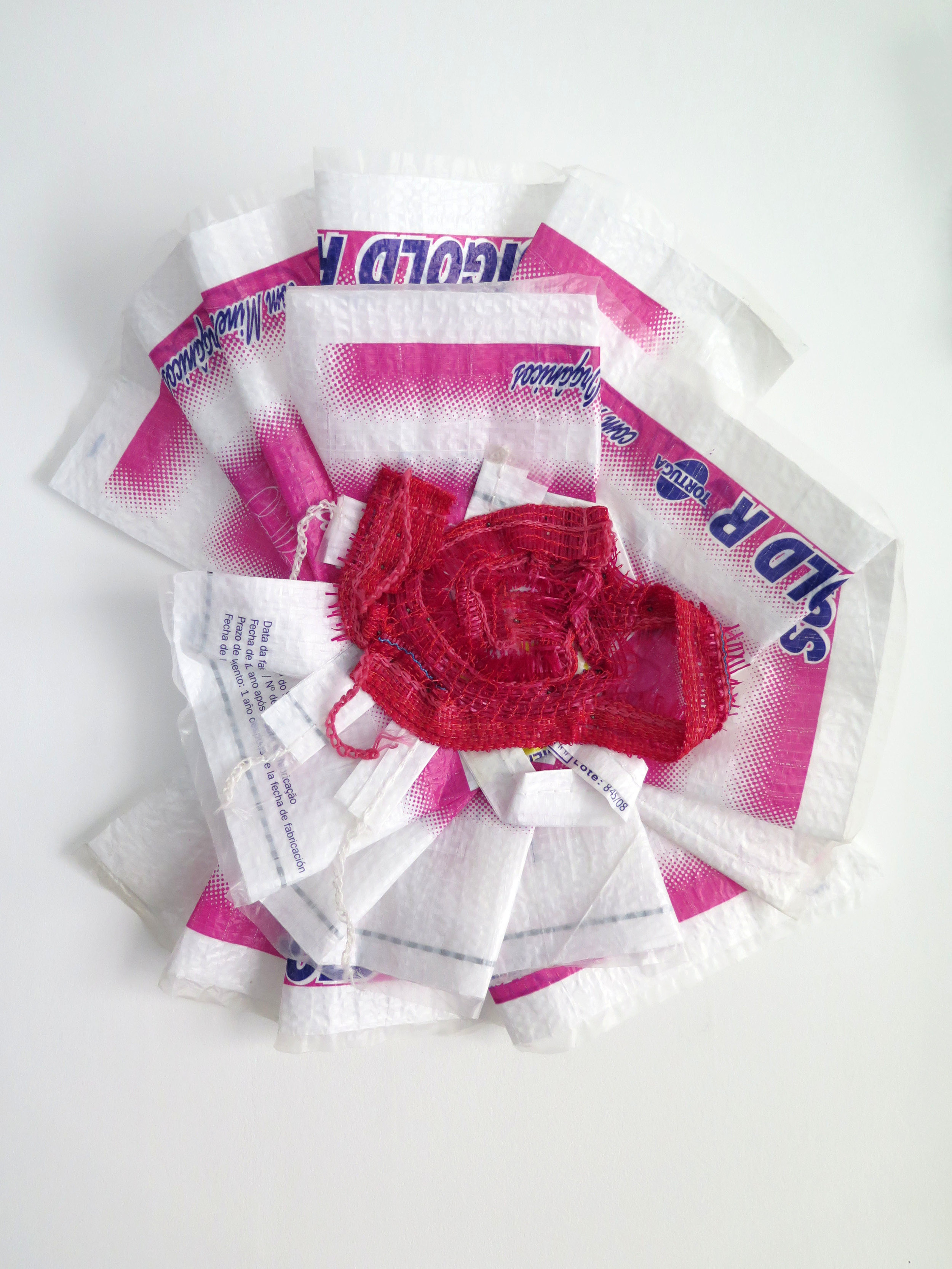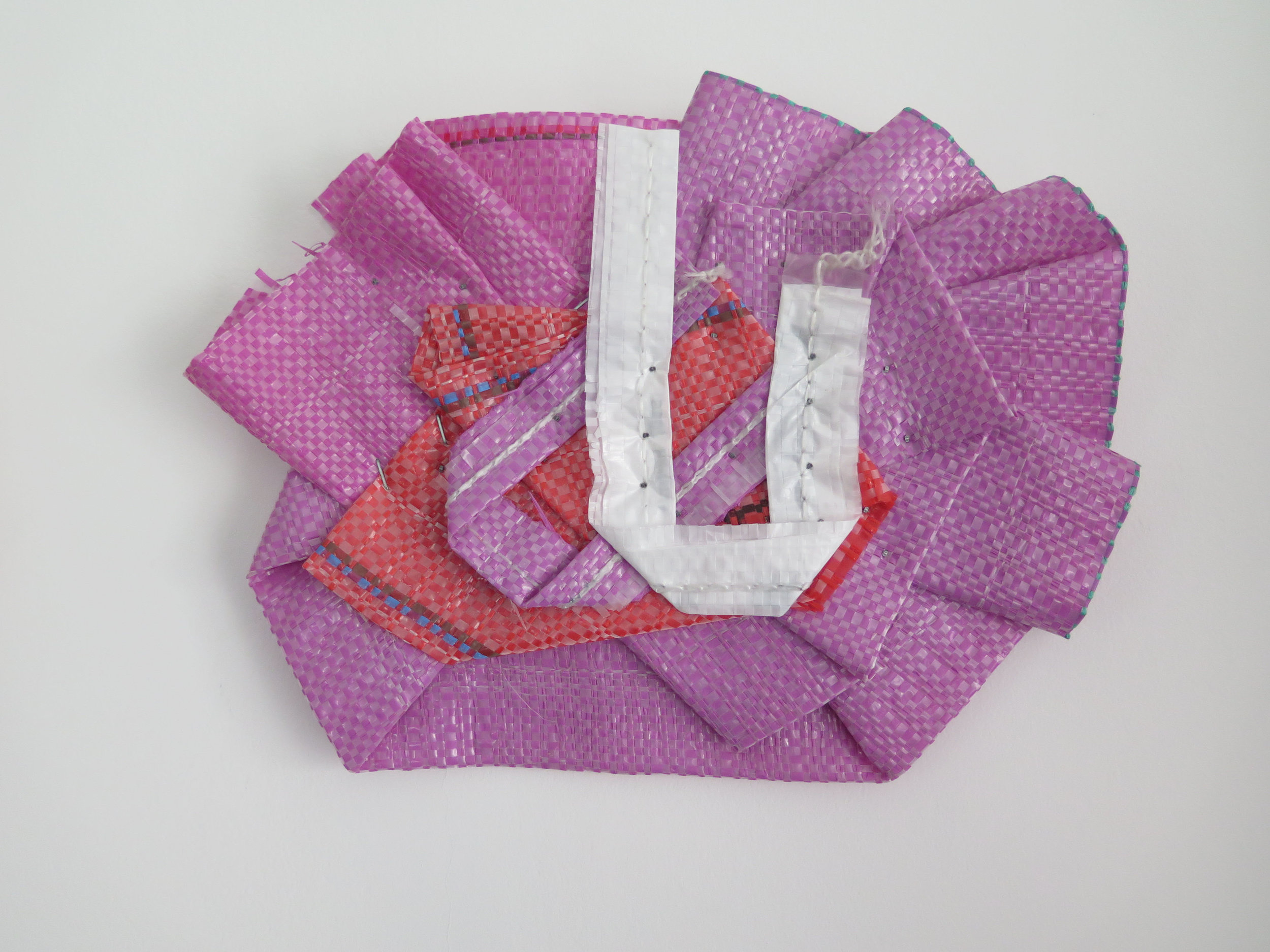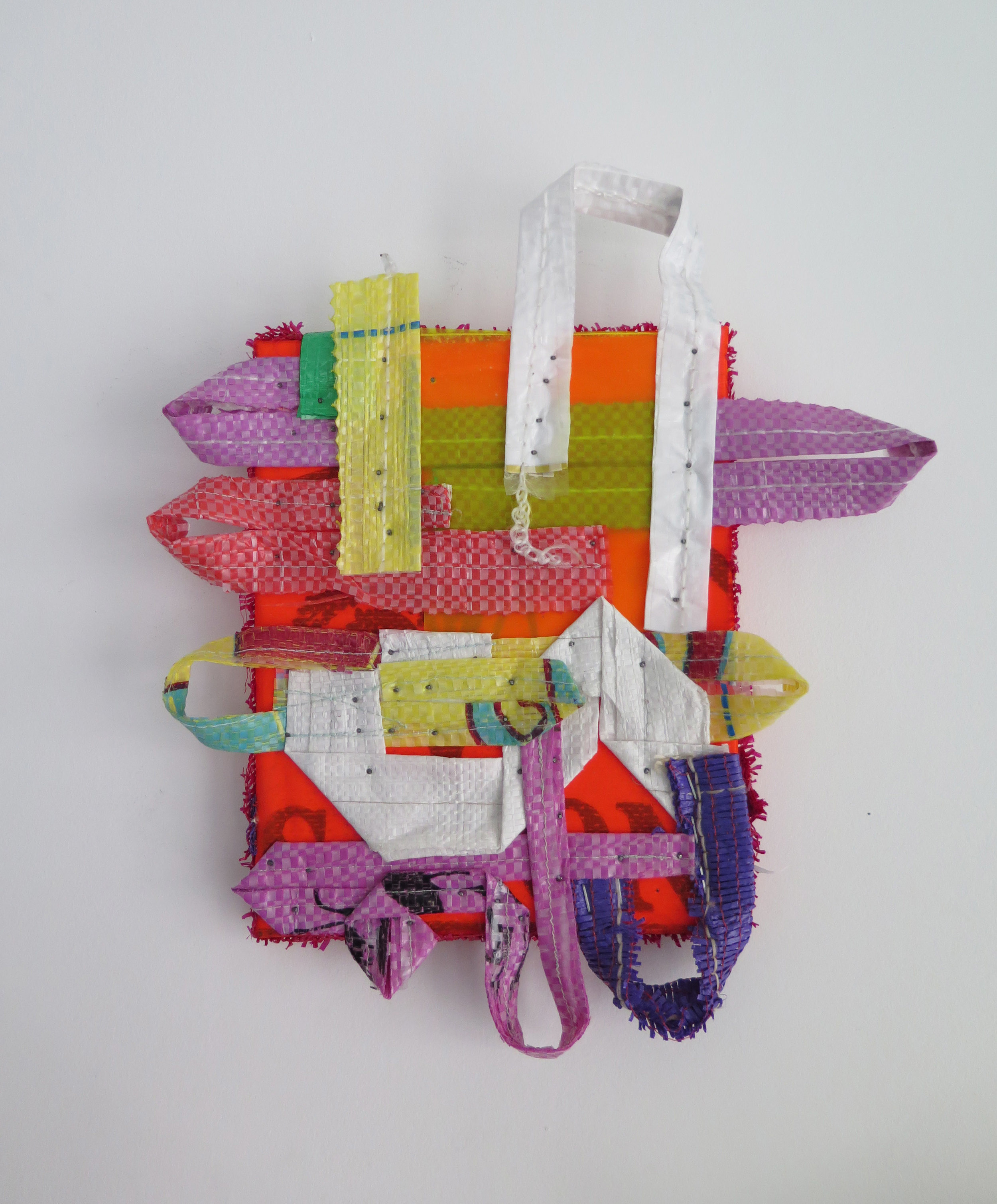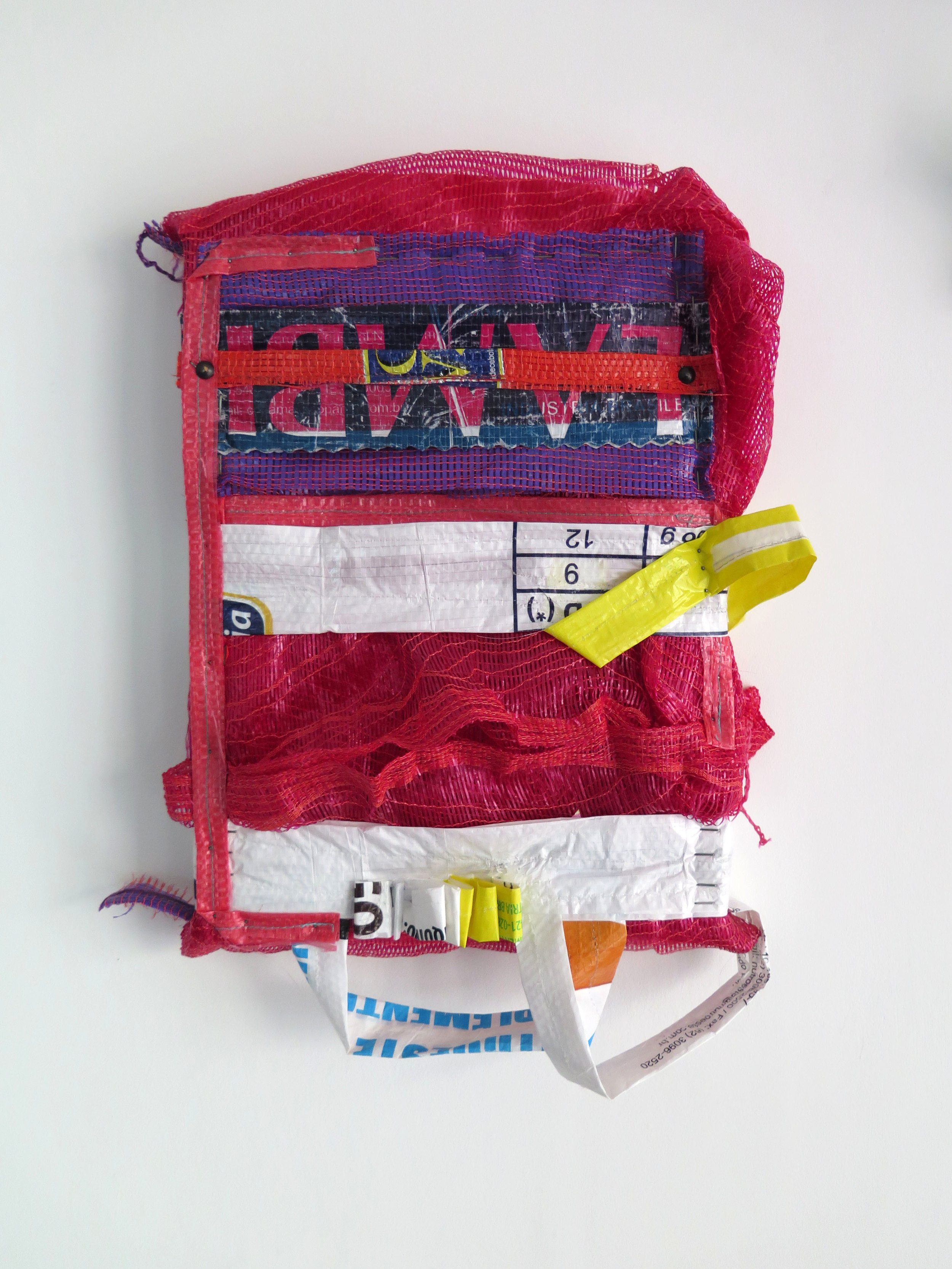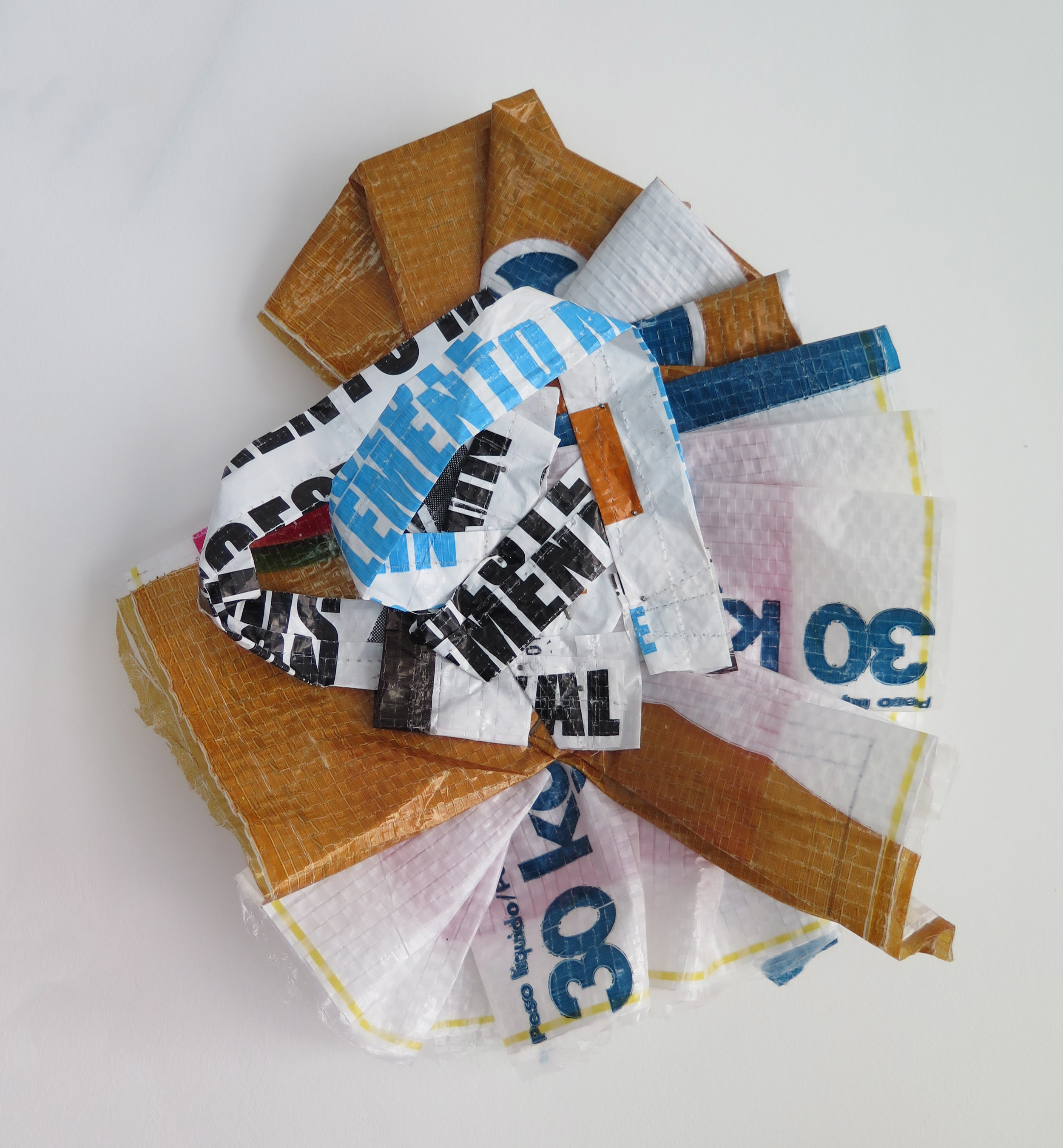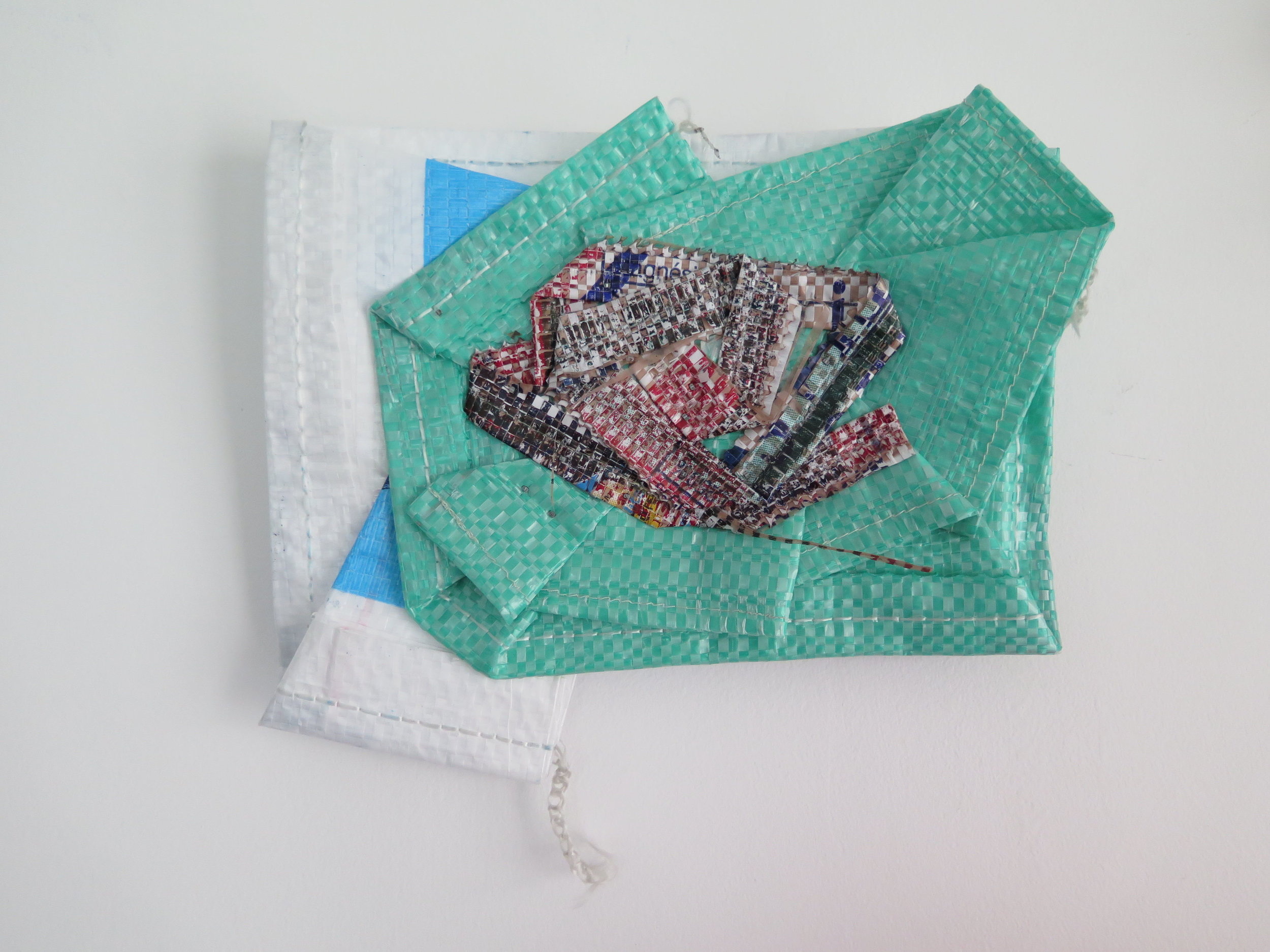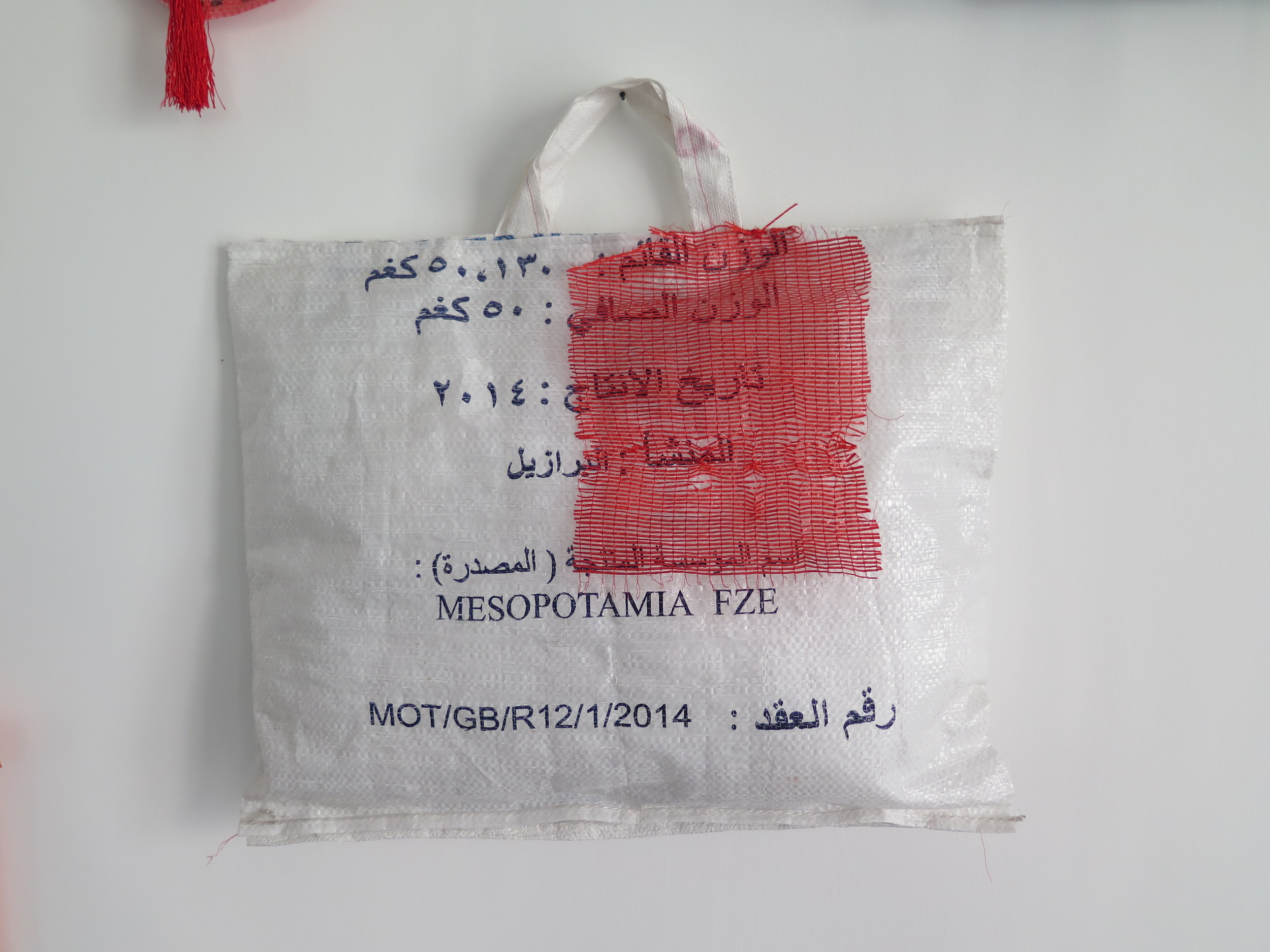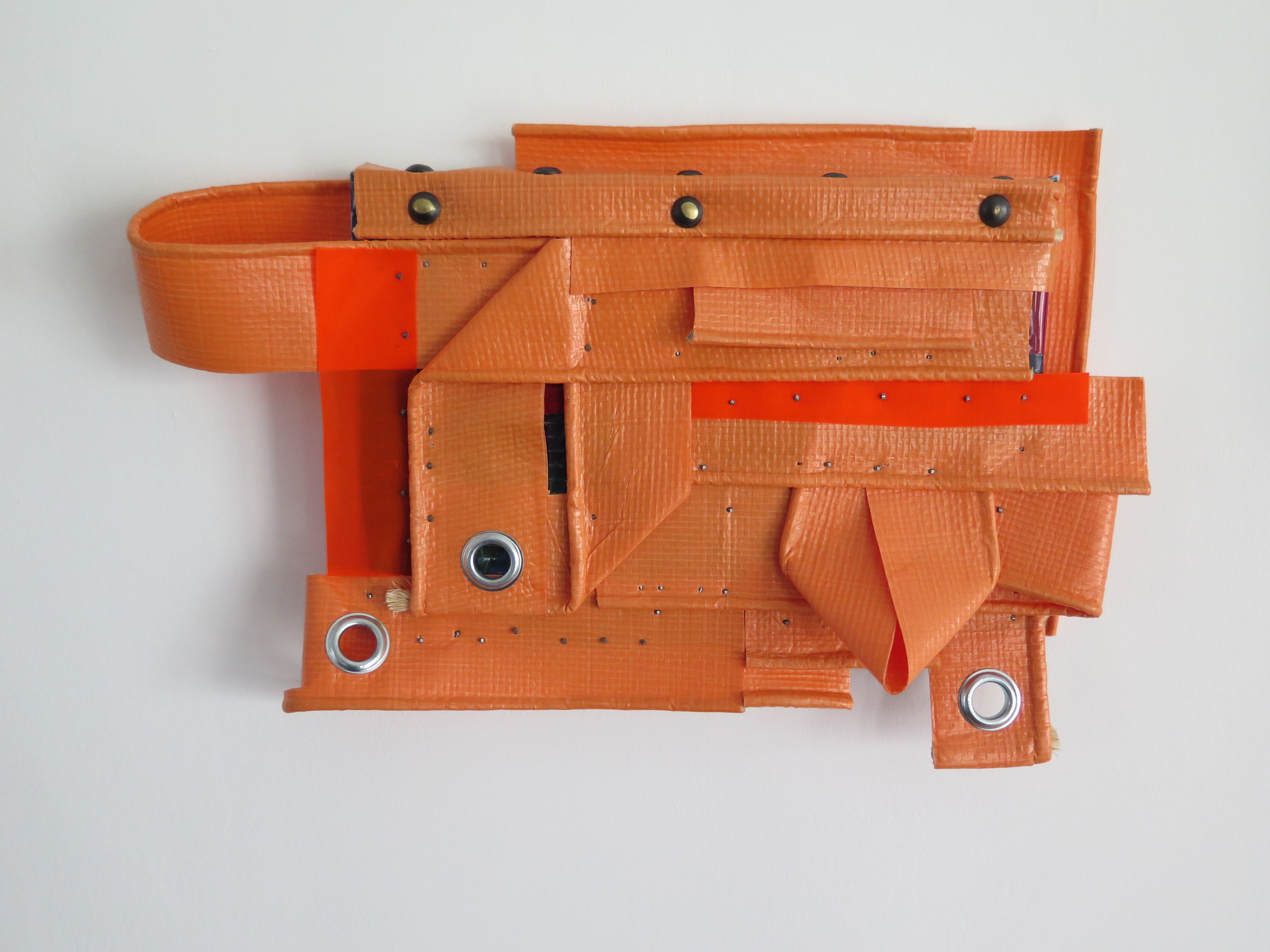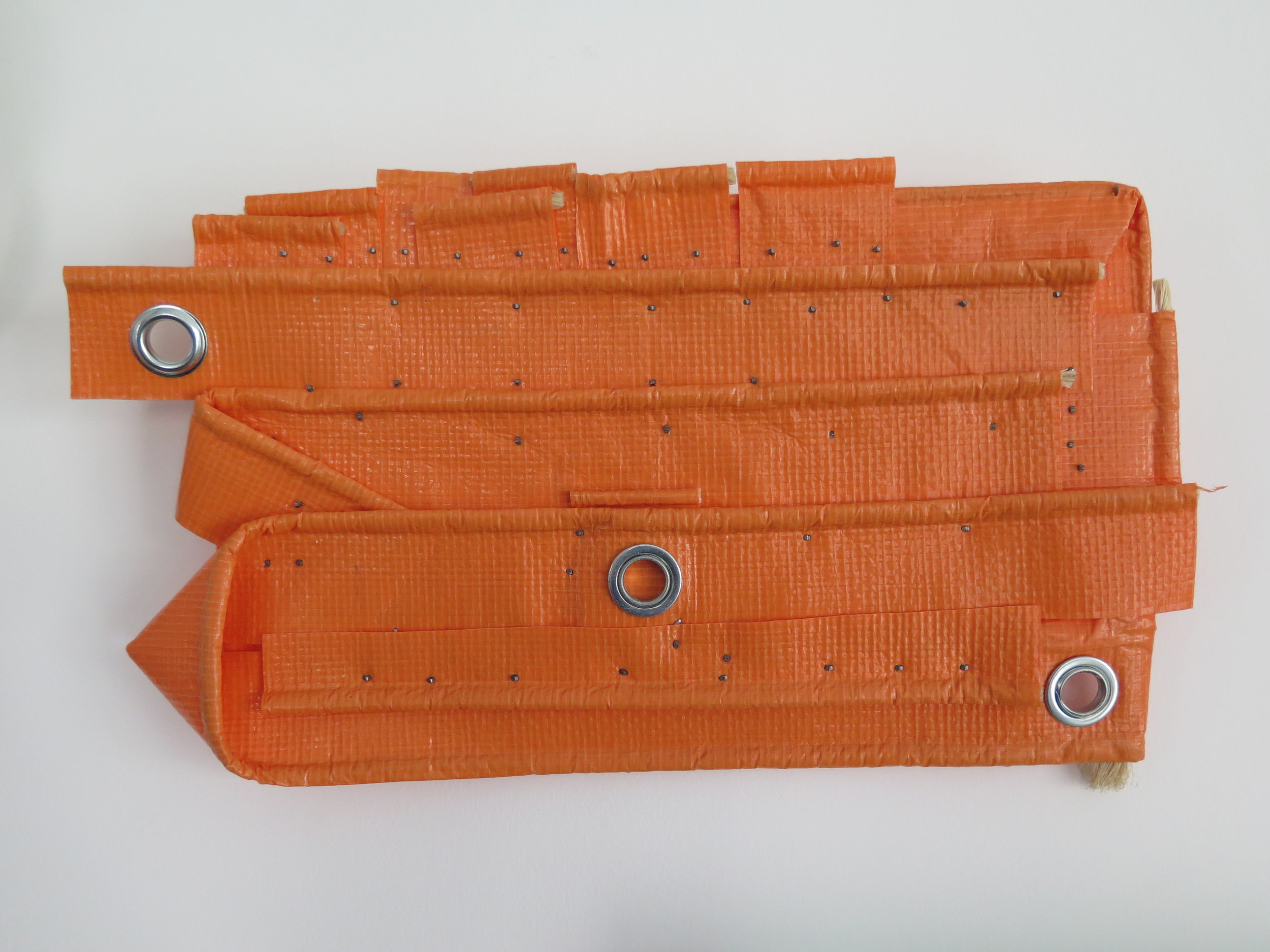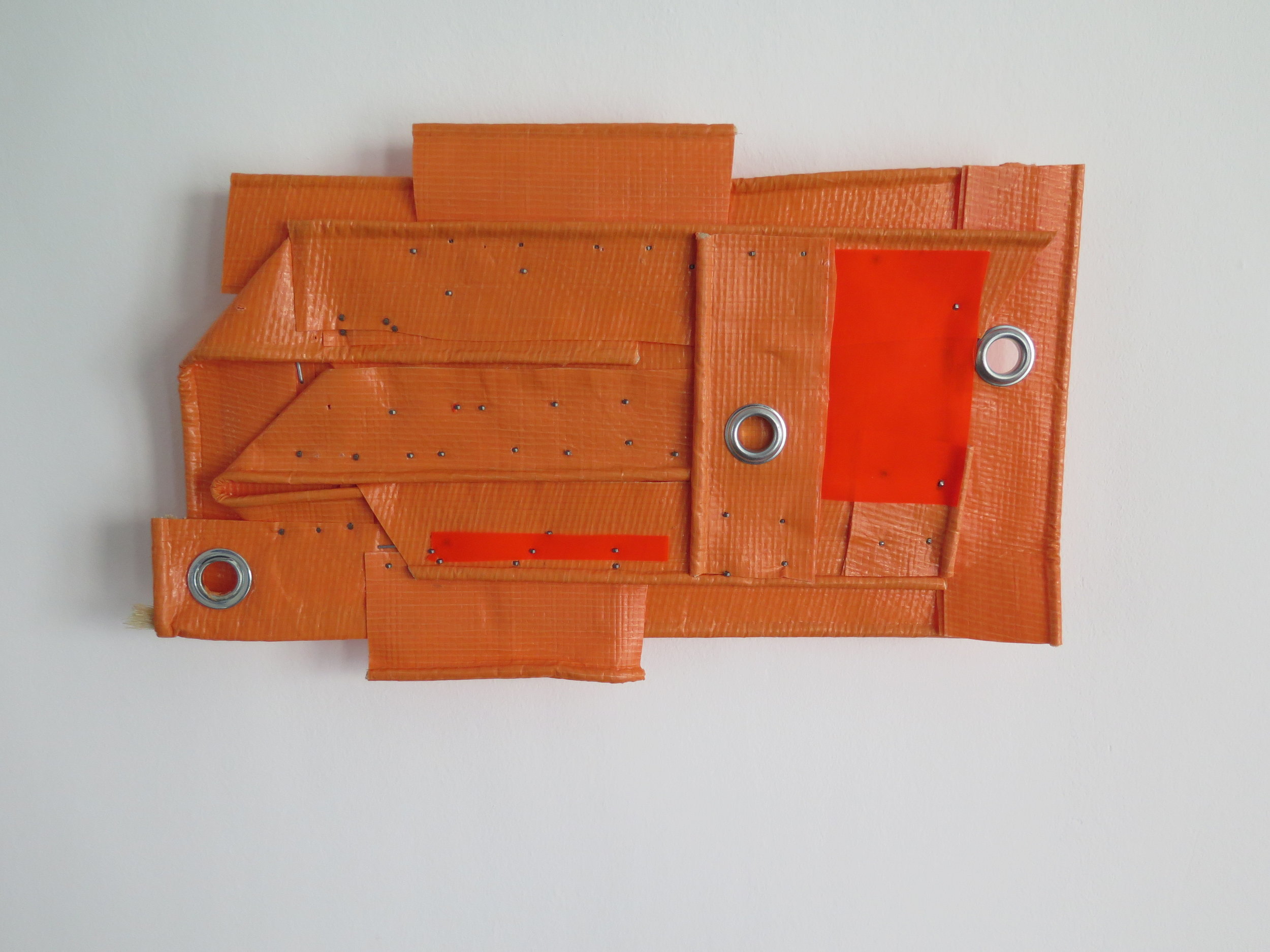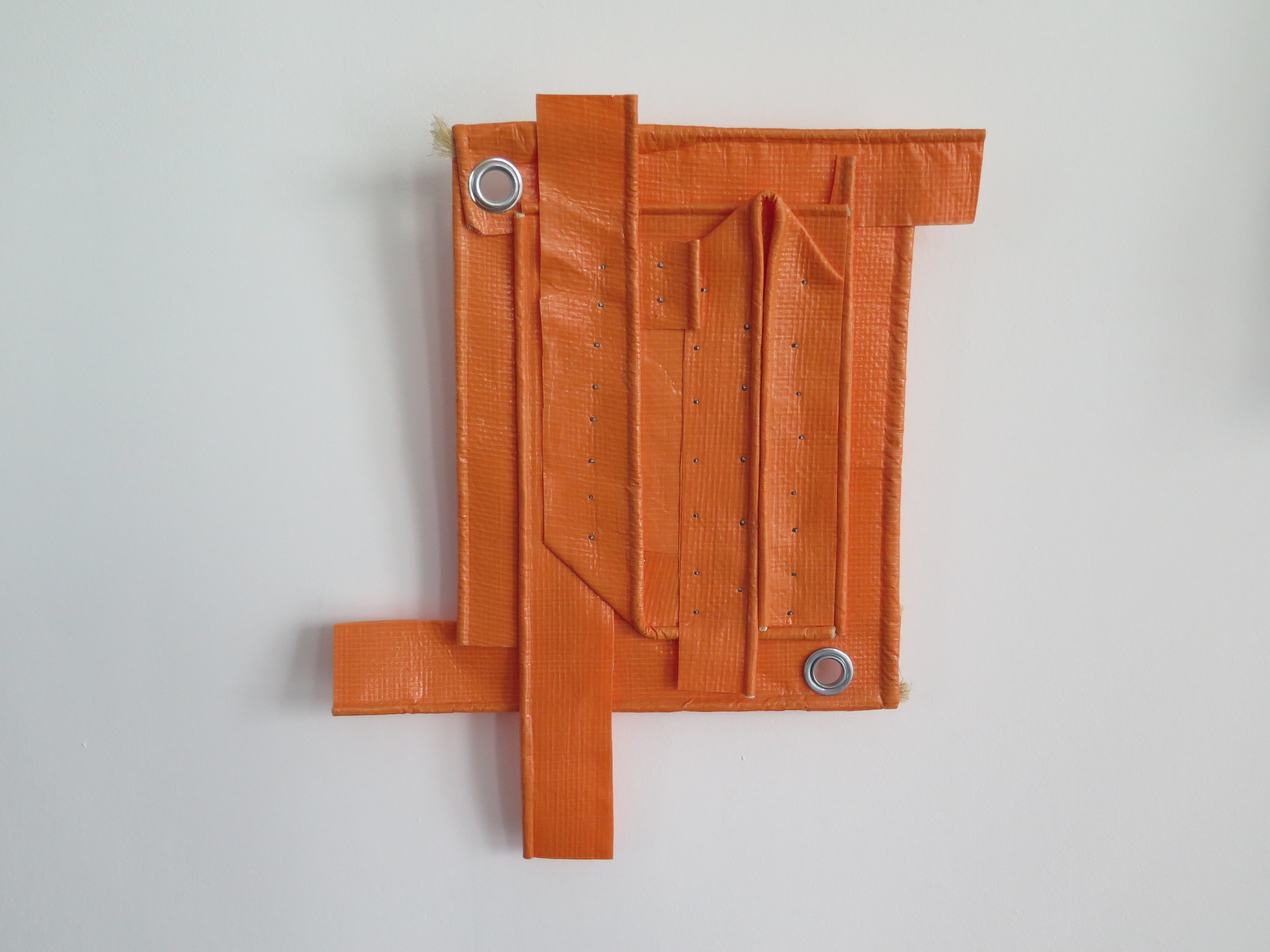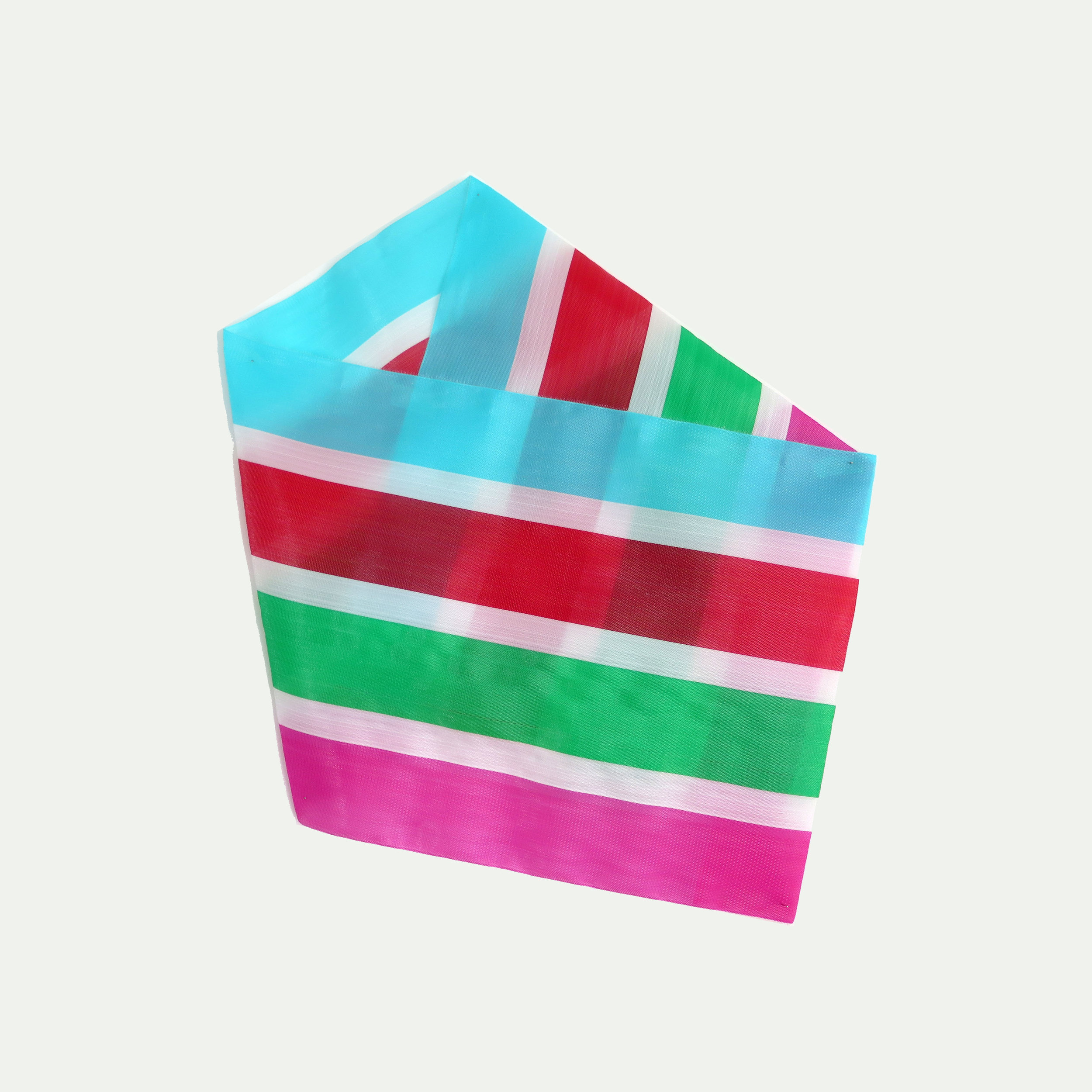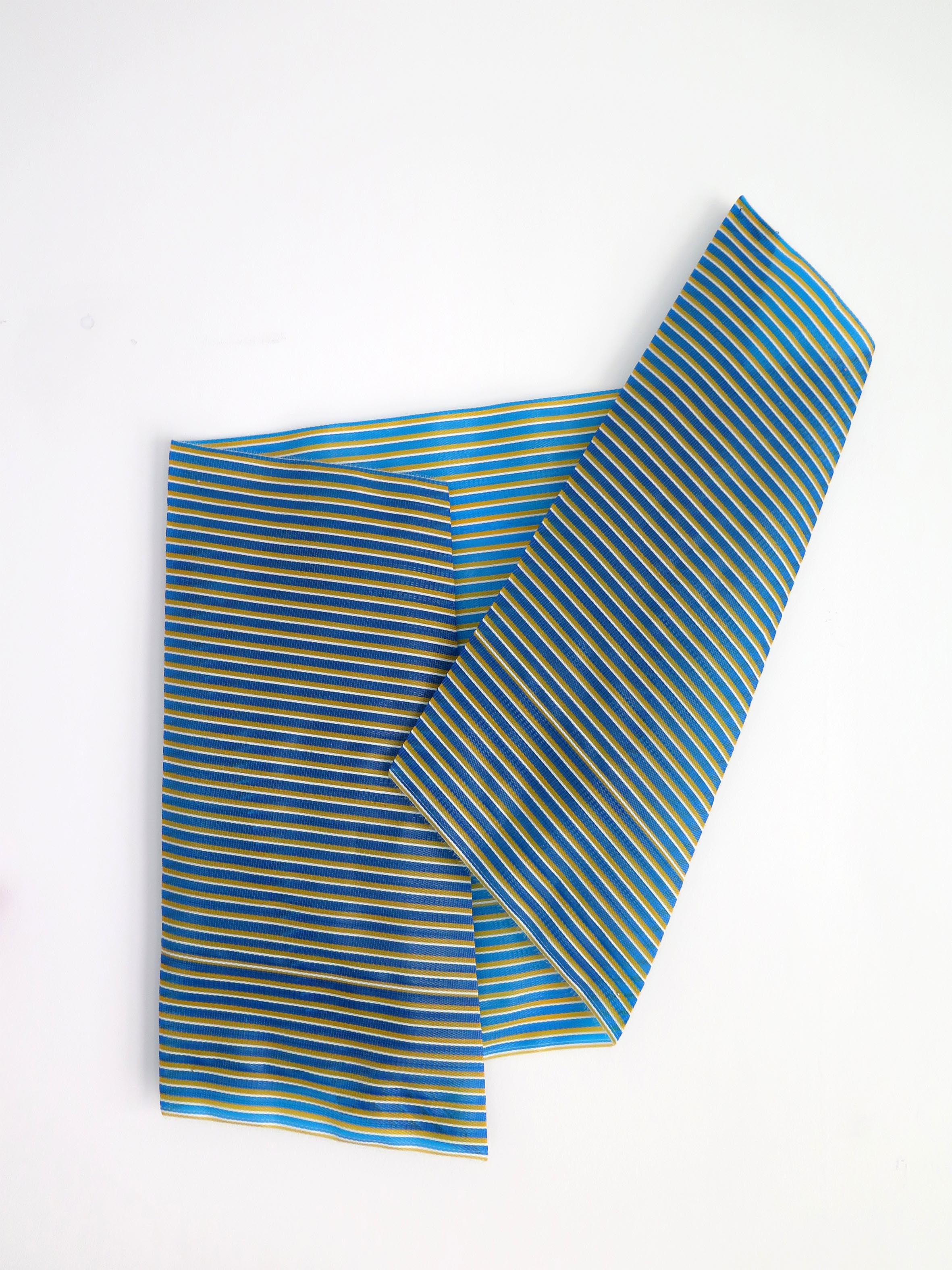Re_Que_Bra
With Mano Penalva
On view at Frédéric de Goldschmidt Collection (Brussels) from June 21st until June 30th 2018
Here everything seems
Like it’s still under construction
And it’s already a ruin
(Out of Order, Caetano Veloso)
Without translatable equivalent, Re_Que_Bra refers in Portuguese to a wave’s breaking point, extended by Mano Penalva to its position as a creator of disorder (other order), as well as an opportunity to raise some questions about Brazil's current economic, social and political crisis. Informally, Re_Que_Bra also refers to a typical Brazilian way of moving called “ginga”, which can be translated as a way to get through difficult situations, literally dribbling them, in a dance like way.
These concepts are at the core of the artist’s practice: attentive observer, Mano Penalva, creates indeed expanded paintings through which he playfully addresses the aesthetic and sociological questions underlying his life and research, treating visual givens of our daily materiality and transferring them into the art field.
In Re_Que_Bra, the artists present the series “Origem”. Altering shopping bags or merchandise sacks destined to international shipment of primary goods, Mano Penalva reveals, in a baroque and colorful composition, another nature of these ordinary items. By giving them a new function, the artist reveals their aesthetic qualities, challenging at the same time, contemporary issues such as the ideas of saturation, mass consumption and the necessary displacement of goods and bodies involved in global processes.
Displacements and migrations are also at the center of Tetris. The artwork, composed of broom brushes placed upside down, evokes the difficulty for people to fit into defined categories, as this might be the case for strangers to a determined country, for artists or outsiders. Referring to the idea of estrangement and alienation, Tetris reminds us that we all are strangers in some situations, opening maybe more room for empathy.
Finally, in the video Atlântico, Mano Penalva addresses Brazil’s current democratic and economic crisis. Showing Ipanema’s beach and the constant movement of waters from the rolling motion point of view of someone that would be at sea, the artist causes an uneasiness feeling, magnified by two ready-made sculptures claiming popular catchwords that can be interpreted as an illustration of Brazil’s catholic, white, male dominant thinking and the denial of the richness and complexity of this mixed country. In contrast to this proposition, The Birth, a sculpture made of a shell and a horse tail, soothes the nauseous impression brought by the video, offering a kind of comfort through objects linked to the nature and the feminine.
Illustrating the political, social and anthropological aspects that underline the artist’s work, Mano Penalva, in line with Duchamp, Fluxus and the Brazilian Neo-Concretists, starts from common objects and references, offering them new volumes, functions and meanings, transposing them into a new dimension. Adding a layer to these transpositions, the notion of displacements permeates his work. Such movements are physical reminders of the tropical origin of the artist and of elements he or others bring from their wanderings. They also are conceptual propositions, creating a new ontology of the trivial and of the artwork.
Playing with the ideas of rules, frontiers, the beautiful and the ugly, the erudite and the popular; the artist proceeds to the transfiguration of the ordinary through a thoughtful composition of colors, contrasts, textures and proportions. Mano Penalva actively alters the classical structures applied to the concept of art, transforming banality in extraordinary, “Re_Que_Brando o real”, breaking reality free.
I won’t wait for the day
On which all
Men agree
I only know several
Beautiful harmonies
Possible without reckoning…
It seems that something
Has gone out of order
Out of the new world Order…
Mano Penalva (Salvador de Bahia, Brasil, 1987), documents the material culture, behavior changes and globalization. His artwork, deliberately nonrepresentational, allow materials to dictate form and come together on their own. He is graduated in Social Communication (2008, PUC-RJ), Social Sciences (PUC-RJ) and frequented the art lectures at Parque Laje (RJ). He showed his work in Latin America, the US and Europe, with highlights for the solo shows truk(ə), Soma Galeria (Curitiba, 2018), Estado Sul, Camelódromo (Porto Alegre, 2017); Andejos, Museu de Arte de Ribeirão Preto (2017); Balneário, Central Galeria (São Paulo, 2016); and for the group shows O Maravilhamento das Coisas, Galeria Sancovsky (São Paulo, 2018); A Bela e a Fera, Central Galeria (São Paulo, 2017); Hecha la ley, hecha la trampa, Hangar (Barcelona, 2017); Simphony of Hunger: Digesting FLUXUS in five moviments, A PLUS A Gallery (Veneza, Itália, 2015); and CONTRAPROVA, Paço das Artes (São Paulo, 2015).
